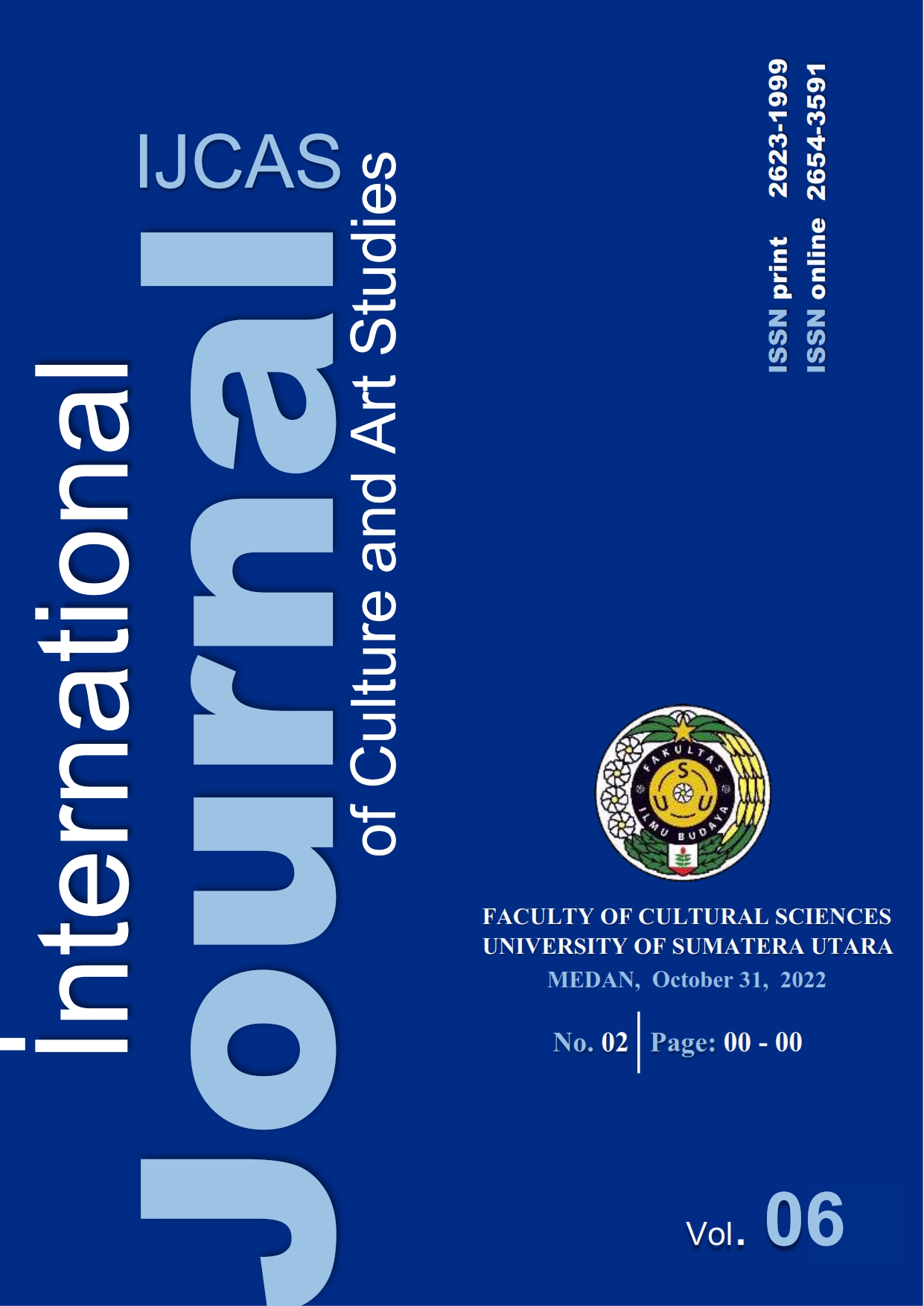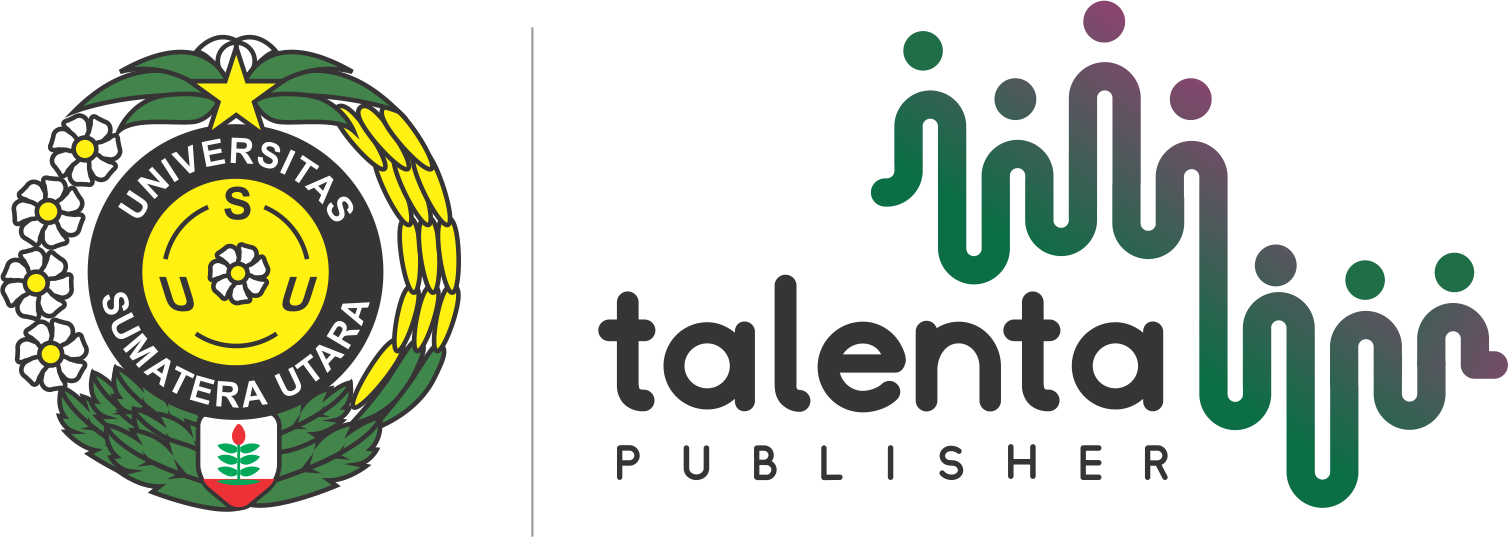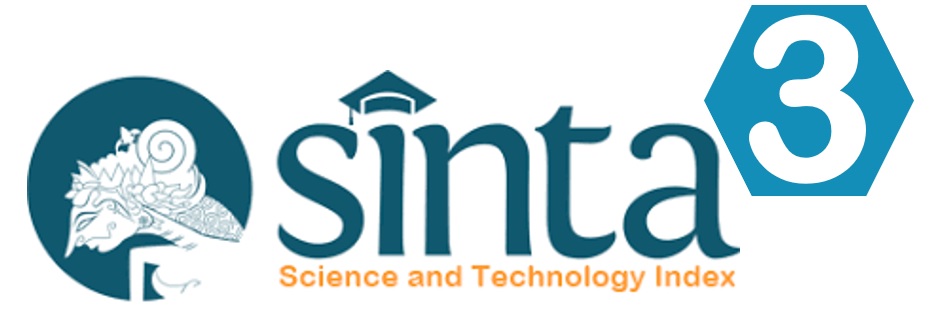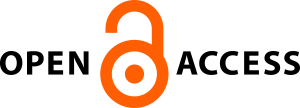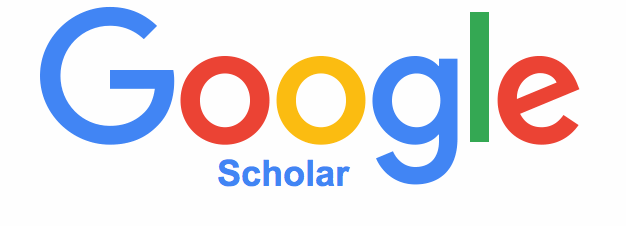Waste to Wealth: Art Production Formula in a Lockdown Situation
DOI:
https://doi.org/10.32734/ijcas.v6i2.9450Keywords:
Art Material, Art Production, Covid-19, Lockdown, WasteAbstract
In life, there are negative occurrences capable of throwing humanity into lockdown conditions, like the recent global pandemic - Covid-19, which caused lockdowns to be declared at different places across the globe. This made for the restriction of movement, resulting in the unavailability of raw materials, which in turn halted the production of goods which are not food or medicine. Art was not left out, as its production was equally held in abeyance. This paper projects a formula for continuity in art production in such a situation. Its objectives are to expatiate the basic requirements for art production and propose a viable formula for it in a lockdown situation. The paper employed the internet, analog, and digital libraries to review related literature and works and a descriptive research approach. Findings reveal that the basic requirements for art production are artistic skill, artistic idea; art material(s); and tools/equipment where necessary. Also, the artist’s main problem of unavailability of conventional materials during lockdown can be overcome by employing waste, freely available everywhere, for art production. The paper concludes that employing waste as material for art creation can keep the artist afloat in art production during the lockdown. It is recommended that artists not only employ waste for art creation in a lockdown condition but always for innovation and creativity in art praxis.
Downloads
References
Amadi, O. (2021). From recycling, Adeyemi creates art of waste panorama. Retrieved from https://www.vanguardngr.com/2021/09/from-recycling-adeyemi-creates-art-of-waste-panorama/amp/
Arbor, A. (2012). Make your own paleolithic cave painting. Retrieved from https://www.annarbor.com/entertainment/parenting/make-your-own-paleolithic-cave-painting/
Barad, D. (2014) Literacy theory and criticism. Retrieved from https://sites.google.com/site/nmeictproject/home/plato-s-theory-of-mimesis-and-aristotle-s-defence.
Business Insider (2020). What is lockdown: Meaning and what to expect from it. Retrieved from https://www.businessinsider.in/india/news/what-is-lockdown-and-what-to-expect-from-the-lockdown/amp_articleshow/74759615.cms
Brittney, R. (2021). What is natural and artistic memory? Retrieved from https://artradarjournal.com/art-education/what-is-natural-and-artistic-memory/#qa_2
Damden, K. (2016). Towards resuscitation of the arts and crafts of Northern Nigeria as tools for job creation. The Artist Journal, 1(2), 300-314.
Elliott, L. (2021). A year of covid lockdowns has cost the UK economy 251bn, study says. Retrieved from https://theguardian.com/business/2021/mar/22/a-year-of-covid-lockdowns-has-cost-the-uk-economy-251bn-study-says
Emgin, B. (2012). Trashion: The return of the disposed. Retrieved from https://www.researchgate.net/publication/239857046_Trashion_The_Return_of_the_Disposed
Encyclopedia Britannica (2017). Idea. Retrieved from https://www.britannica.com/topic/idea
Encyclopedia Britannica (2000). Art. Retrieved from https://www.britannica.com/art/visual-arts#
Enyadike, M. (2022). Onabrakpeya, other artists from Africa, Europe for “first†recycled art festival. Retrieved from https://www.africanartswithtaj.com/2022/04/onobrakpeya-other-artists-from-africa.html?m=1
Fassbender, M. (2013). Is artistic skill natural or learned? Retrieved from https://michaeltfassbender.com/nonfiction/other-nonfiction/is-artistic-skill-natural-or-learned-natural/
Infinite Dictionary (2017). Art and the importance of materials: Part 1. Retrieved from http://infinitedictionary.com/blog/2017/07/20/art-and-the-importance-of-materials-part-1/
Kayode, F. (2006). From waste to want: Regenerating art from discarded objects. Futy Journal of the Environment, 1(1). 68-85.
Ken, O. (2017). Material considerations for a confluence: The sculptures of Lasisi Lamidi. The Artist Journal, 2(2), 43-48.
Kerr, B. (2021). Creativity. Retrieved from https://www.britannica.com/topic/creativity
Lee, A. (n.d.). The importance of materials in art. Retrieved from https://www.academia.edu/42836782/The_Importance_of_Materials_in_Art
Miles, H. (2022). New ‘0’ zero point art exhibition uses Istanbul airport’s waste materials. Retrieved from https://www.internationalairportreview.com/news/173328/new-o-zero-point-art-exhibition-uses-istanbul-airports-waste-materials/
Mitchell, D. (2013). Creative healing: Frequently asked questions about how art therapy works. Retrieved from https://www.goodtherapy.org/blog/creative-healing-frequently-asked-questions-about-how-art-therapy-works-0722135
Ndon, B. (2013). Aesthetics of junk: Synopsis of contemporary junk artists. Journal of Media and Aesthetics, 4(1), 98-121.
Ocvirk, O. G., Stinson, R. E., Wigg, P. R., Bone, R. O. and Cayton, D. L. (2006). Art fundamentals: Theory and practice. New York: McGraw Hill Companies Inc.
Seyi-Gbangbayau, P. and Ajayi, O. (2019). The transformation of discarded materials to objects of aesthetic importance: Junk to wealth. Ilaro Journal of Environmental Research & Development, 3(1), 113-124.
Ukim, I. (2019). Detachable wood assemblage: An exploration of sculpture production technique, PhD Thesis, University of Uyo, Nigeria.
Ukim, I. (2021). Social commentaries in sculpture: The innovative textural wood carvings of John Smart. Journal of Environmental Design (JED), 16(2), 126-132.
Ulanova, I., Sarchenko, A. and Zykova, M. (2017). Recycle art festival Krasnoyarsk (RU) Retrieved from https://www.actorsofurbanchange.org/projects/recycle-art-festival/
Zangwill, N. (2007) Aesthetic creation. Retrieved from https://www.oxfordscholarship.com.
Zhang, H., Li, W., Chen, J., Song, X., Shibasaki, R. and Yan, J. (2021). Epidemic versus economic performances of the covid-19 lockdown: A big data driven analysis. Retrieved from https://www.researchgate.net/publication/355504999_epidemic_versus_economic_performances_of_the_COVID-19_lockdown_in_Japan_A_Mobility_Data_Analysis
Downloads
Published
How to Cite
Issue
Section
License
Copyright (c) 2022 Ime Ukim

This work is licensed under a Creative Commons Attribution-ShareAlike 4.0 International License.
